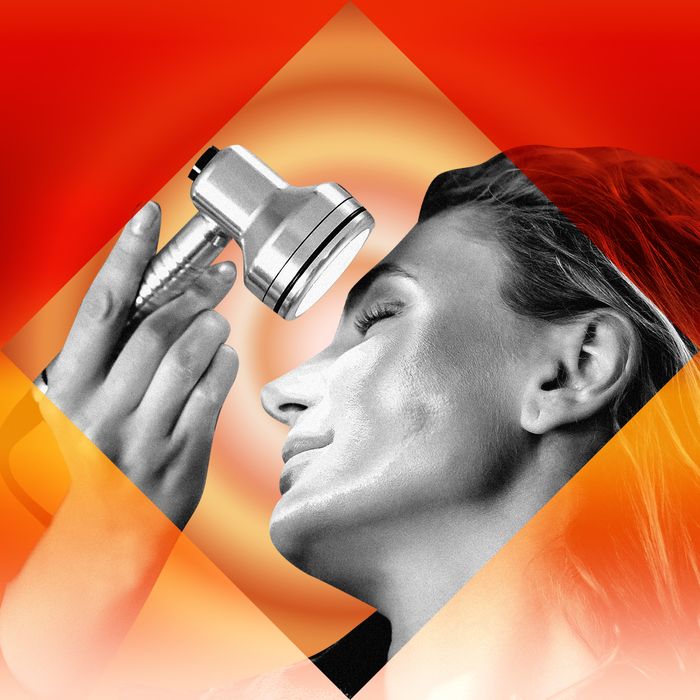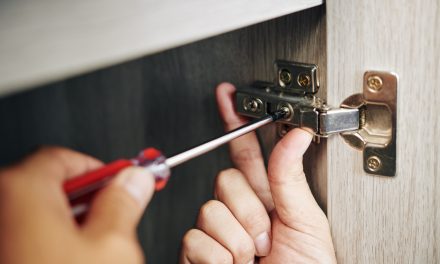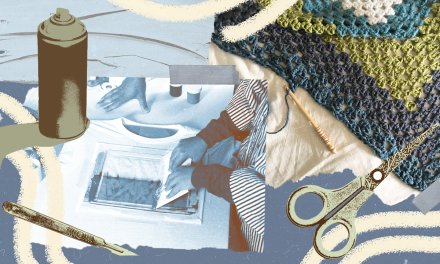I wasn’t planning to write about the jackassery surrounding Madonna’s reconstructed face, especially since Jessica DeFino wrote what I think should be the last word on the subject in The Unpublishable. But now that I’m back in Tokyo for a while, I’m struck by how unlikely it is to see a woman here sporting a similar transformation. Although plastic surgery has become more accepted (and therefore more popular) in Japan — one survey I came across ranks Japan fourth for most procedures performed in the world after the U.S., Brazil, and Germany — I personally can detect few to no facial modifications. I’ve read, though, that double eyelid surgery to create a more prominent upper lid is the most popular procedure, followed by nose jobs, which sadly suggests that (racist, classist) Eurocentric beauty ideals persist.
As far as non-surgical procedures, the same survey found that hair removal was the most popular choice in Japan. That strikes me as pleasantly quaint, and it might help explain why there are so few oddly frozen faces here. But there does seem to be a similar plethora of DIY skin-care devices as we see in the U.S.
Now, a query from a reader wondering whether using her at-home device is worth the effort.
Q: I’ve been gifted a very pricey, space-agey, red-light/infrared wand. My sister, who gave it to me, is using something like it for rheumatoid arthritis in her hands; a friend’s chiropractor treats her shoulder injury with one. I’ve found similar wands for sale at every price point. What do your experts say about using such a device on an aging face that was raised on a SoCal beach (see: baby oil + iodine)? By the way, the cost of my wand ranges from $2,500 to $3,000 — that’s a lotta clams!
A: First, I have to say that every time I see someone touting one of these at-home devices on social media, I enjoy a sweet, nostalgic moment followed by a pang of sadness. Why? Because it’s likely the device will prove to be insufficient in producing a visibly beneficial effect on the skin. Which means that the person who’s invested her clams will be not only disappointed, but also remorseful. If the device was a gift, as in your case, the only commodity you stand to lose is valuable time. On the other hand … is there an “other hand”? I emailed DermDiva Heidi Waldorf to find out.
“Red-light LED (light-emitting diodes) may be helpful by stimulating collagen and reducing inflammation,” she says. Whether visible improvement is possible depends on the particular device, how often it’s used, and the condition of the skin (severely damaged skin requires more than LED to see improvement). “So, if you have early skin changes and if you were consistently using it, a red-light device may add to (but not replace) a good skin regimen. It may also help you maintain results from in-office procedures,” Waldorf says. Are you noticing the frequency of the conditional tense in Waldorf’s assessment? But there’s more! “What we don’t know is whether one device is better than another. The device’s website mentioned by the reader refers to NASA technology, which is misleading: NASA may have studied LEDs but did not develop the device.”





